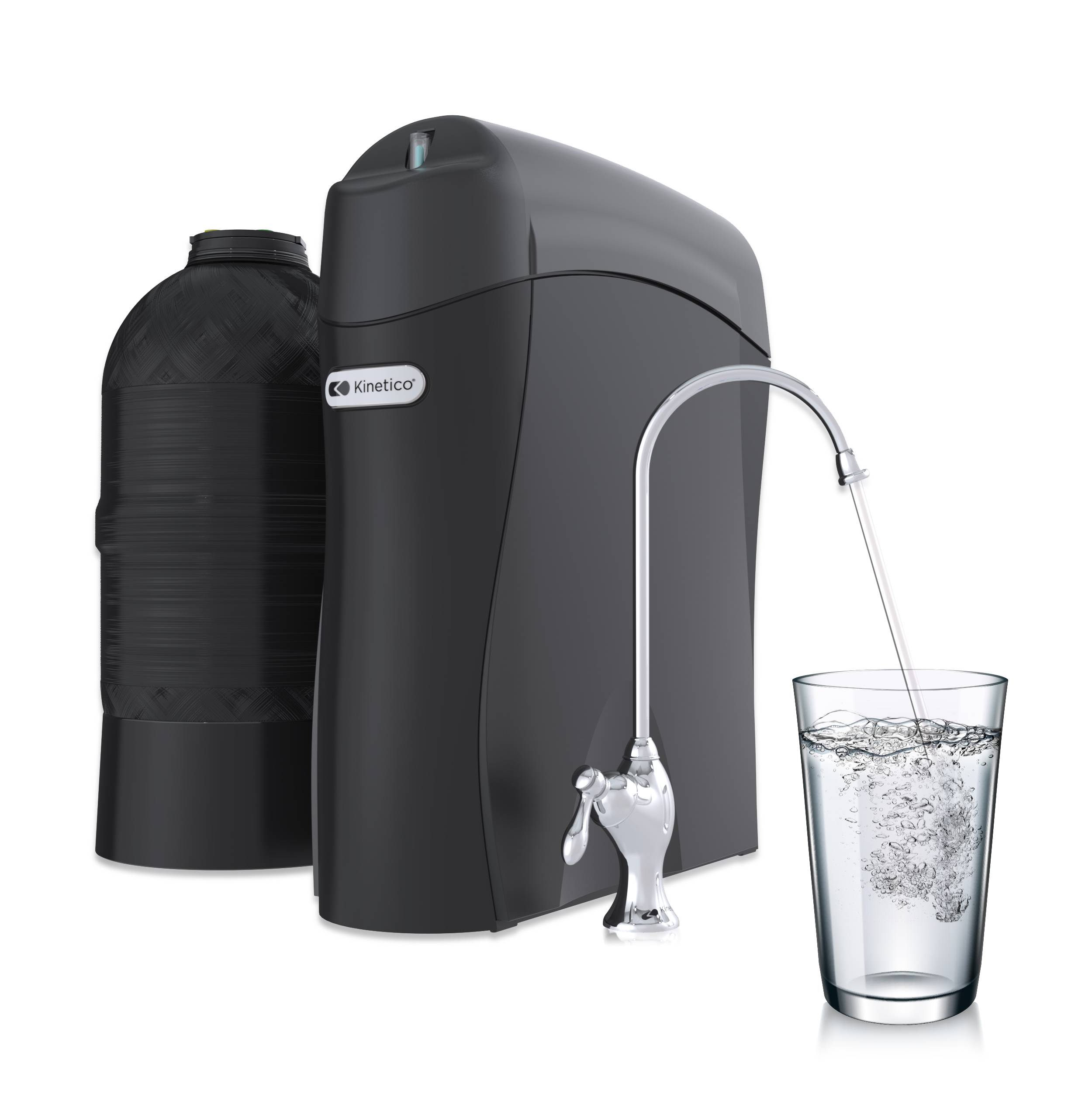Given the fact that many of us are deep in the throes of “Old Man Winter” the following has probably been forgotten and is not currently on our radar—for now! The threat of what occurred last summer could again, and probably will be a reality.
Last August something happened to us here on the north coast. Toledo, the fourth largest city in the state of Ohio, had to issue a “don’t drink or boil the water” alert. This affected some 400,000 people in and around the surrounding area for two days. The reason for this was that the city detected a high level of a substance called Microcystin-LR in the water. The cause of this substance was a very heavy algal bloom in the Western Basin. Lake Erie, you see, is the shallowest of the Great Lakes and is especially shallow in the Western Basin. The late spring was unusually wet, and then by mid-summer very dry. This made for a perfect combination for algae to grow. But that’s not the real reason why the algae took off. I forgot to mention that the western part of the state is heavily agricultural. You can guess what that means. In early spring farmers are preparing their fields and planting their crops, which involves adding nutrients to the soil to promote plant growth. We know this as “fertilizing.” Fertilizer primarily consists of three major components, nitrogen, phosphorus, and potassium—NPK (the chemical symbol for potassium is K). That’s what the numbers stand for when you pick up a bag at the store. For example, 10-10-10 means it’s 10% nitrogen, 10% phosphorus and 10% potassium. Collectively these are termed “primary nutrients.” Of these, nitrogen and phosphorus are considered as the most significant for good plant growth. These same nutrients that promote crop growth also serve to promote algal growth.
When fields are fertilized (like in the early spring) and we have a heavy rainfall, some of the nutrients that aren’t absorbed by the soil can get washed off into streams and rivers which eventually end up in lakes. In dry periods, these nutrients concentrate (think evaporation). This has the effect of creating a “super juice” for algae to grow. If this occurs in the middle of the lake it’s not really a problem for us, but that’s another topic. But if this occurs near the intake to a water treatment plant, then it’s serious. Certain forms of algae can manufacture a class of compounds called “cyanotoxins.” A subclass of these are Microcystins. Microcystins have been found to pose a health concern for humans and animals. The World Health Organization (WHO) has set a drinking water guideline of 1 ppb for Microcystin-LR. They have been found to affect the nervous system, the liver and the skin. These algal toxins can be in solution (soluble), associated with sediment or in the algae themselves, which makes treatment difficult.
Now I must note that agricultural run-off is not the only source of nutrients getting into our water supplies. There are others. But it has been identified as “point source.” A point source simply means that you can identify it as a causal factor. You can point at it. There are “non-point sources” which can also contribute but are hard to definitively identify. This is a complex problem and a complex subject. What I just wrote merely serves as an introduction. Much has been written about it, and it is the subject of intense study, corrective actions, and international involvement. For more in depth information go to the EPA’s web site.
In future blogs we’ll get into the nutrients themselves. As an aside, I have motored through this stuff, it’s just like pea soup. Talk about a “yuck” factor.



